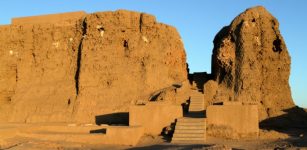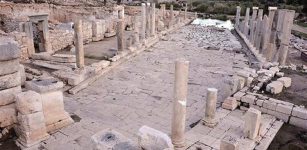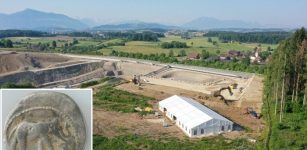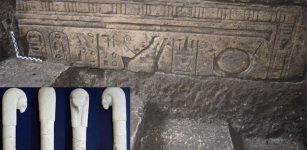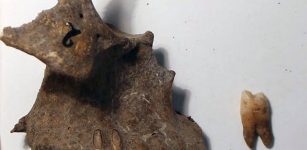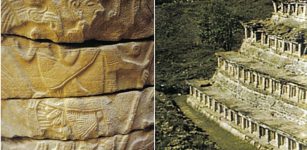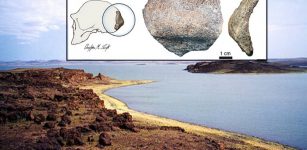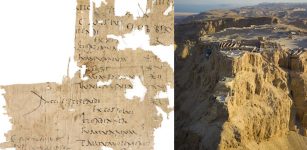Conwy Castle In Snowdonia: Outstanding Medieval Fortification In Europe
MessageToEagle.com – Conwy Castle in Snowdonia is considered one of Europe’s most extraordinary military structures of late 13th century and early 14th century that survived until today.
From grand and massive power centers of the Middle Ages, the kings and feudal lords ruled over their lands.
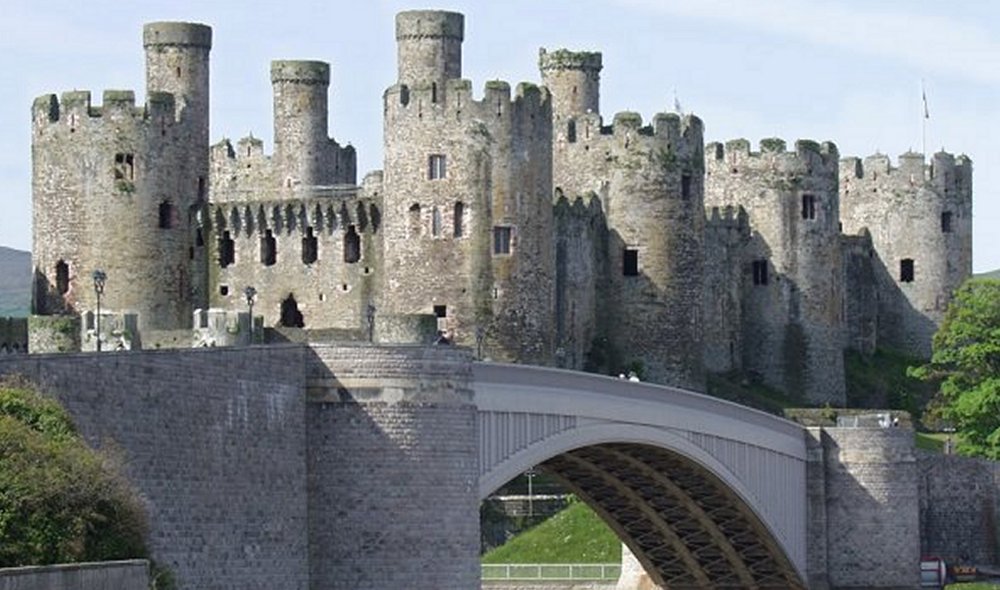
Conwy Castle was built for Edward I, King of England (1272 – 1307) by the master military architect of his age, James of St. George d’Esperanche (c.1230 – 1309), an architect from Savoy responsible for designing many of Edward I’s castles, including Conwy.
Master James, son of a noted master-mason, is considered the greatest castle builder of all time, who lived in Europe during the Middle Ages. Very little is known about him, but it is known with certainty that he was directly responsible for at least 12 of the 17 castles in Wales, which Edward I either built, rebuilt or ordered to strengthen.
He invaded Wales with the huge army in 1282 and captured Aberconwy abbey in 1283. Now, it was time to put substantial resources to ensure control over the conquered territories. Therefore, he established a series of grand medieval fortifications such as Conwy, Harlech, Caernarfon and Beaumaris, at strategic locations in the country.
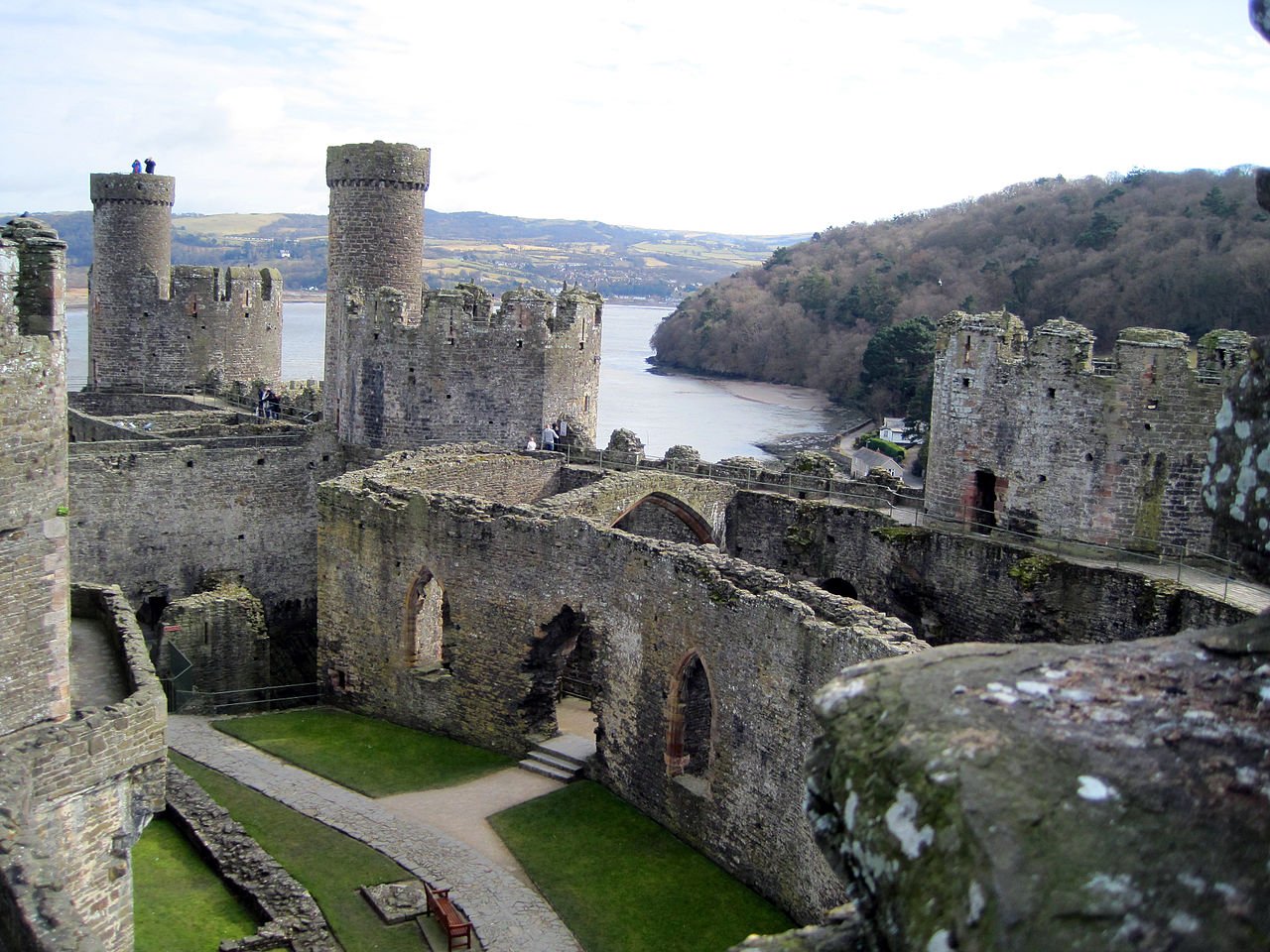
A total cost of the new four castles in Wales more than ten times Edward I’s annual revenue, but it was necessary; a revolt could break out at any time.
The site for the construction of the Conwy Castle was perfectly chosen and the structure was a masterpiece of design. Conwy Castle was built in the location that was previously occupied by Aberconwy Abbey, located on a hill looking over the important crossing over river Conwy.
Based on ancient sources, Conwy Castle and the associated walled settlement – a garrison town – were built within five years under the leadership of Master James and 1,500 craftsmen working at the construction site.
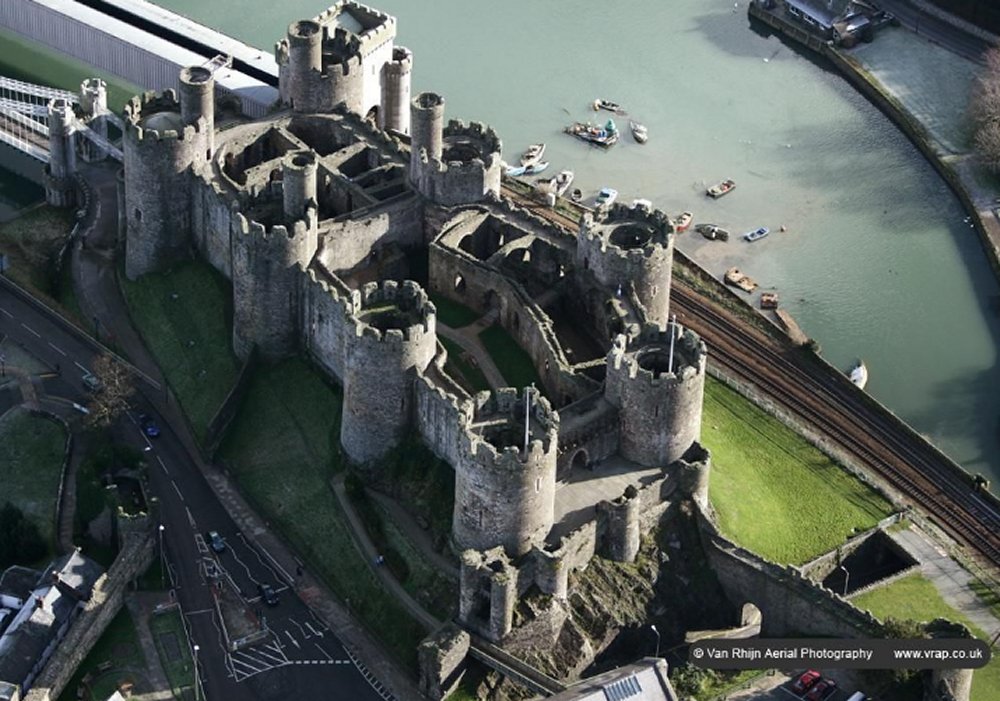
Two barbicans (fortified gateways), eight massive and 21 meter high towers and a great bow-shaped hall, all sit within its distinctive elongated shape, due in part to the narrow rocky outcrop, on which the castle stands.
No concentric walls within walls were needed in this powerful military fortress. The strength and inaccessibility of the Conwy Castle comes from the massive rock on which it stands. However, the castle has postern gate leading down to the river, allowing the castle to be resupplied from the sea. The rectangular castle is built from local and imported stone material and occupies a coastal ridge, originally overlooking an important crossing point over the River Conwy.
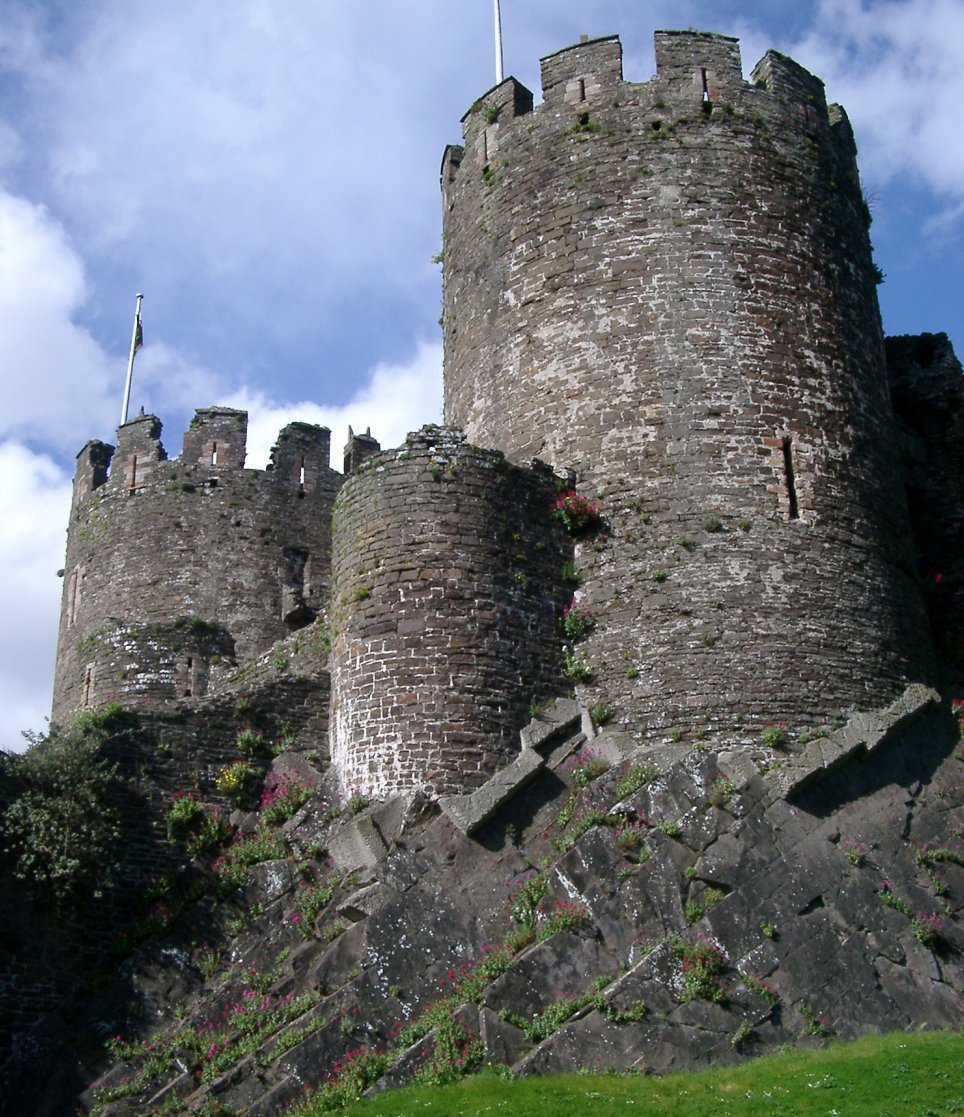
See also:
10 Ancient Fortresses Of Historical Importance
The Ruins Of Pennard Castle And The Tale Of Faeries’ Curse
Dunstanburgh Castle: Underground Passageways And The Legend Of Sir Guy The Seeker
There are remains of an outer wall, with a great hall, chambers, kitchen, an Inner and an Outer Ward, with private, well-lit and heated chambers and a royal chapel. The inner ward was a private area for the use of King Edward and his queen, Eleanor of Castile´and the family.
There were only two approaches into the castle and the most important was the main entrance in form of a high stone ramp, running up towards a swinging or pivoting “drawbridge”; the ditch was 28-feet deep from the drawbridge to the bottom.
Over the next few centuries, the castle played an important part in several wars. In 1665, the castle was completely ruined; in the late 18th and early 19th centuries, it became an attractive destination for artists and today, it’s a tourist attraction.
Copyright © MessageToEagle.com All rights reserved. This material may not be published, broadcast, rewritten or redistributed in whole or part without the express written permission of MessageToEagle.com
Expand for references
